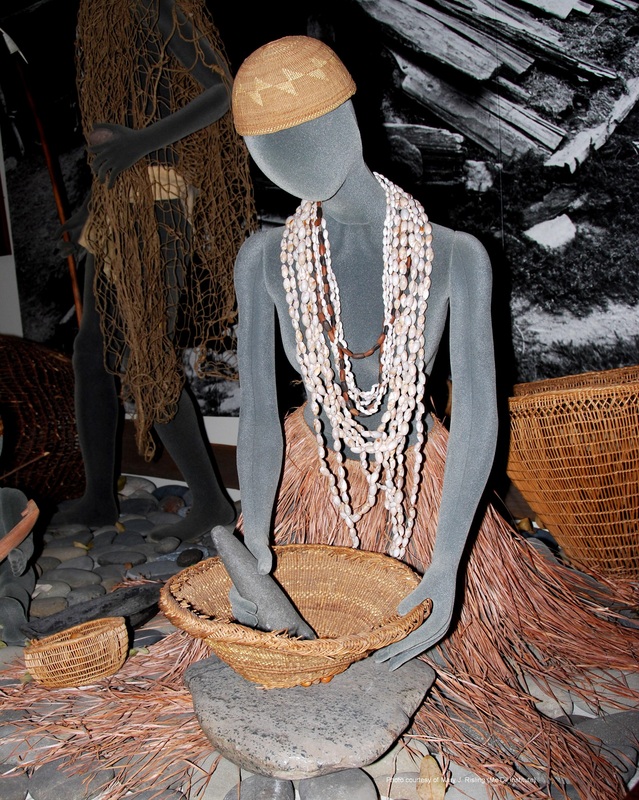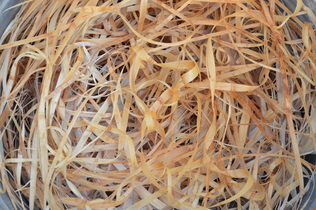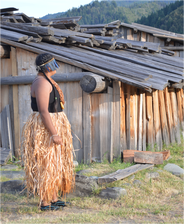|
pavírutva -- tł'oh-kya' -- kekw-sah -- ch'ee-shi ch'aa-'i'
Bark Skirts
Selections from Hunter-Gatherer-Basketweaver-Chef-Friend-Artist-Headman/woman-Scientist-Storyteller-Philosopher-Biologist-Doctor-Psychologist: Native California Society and the Language of Anthropology by Dr. Cutcha Risling Baldy
Printed with permission of the author
Every skirt has a story... click a pic to read more!
|








